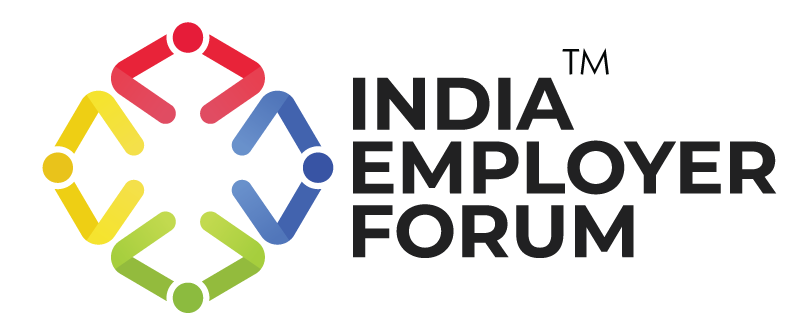Workforce productivity is foremost on the minds of HR planners and leaders. Call it lean recruitment or just-in-time hiring, the baseline is a deep analysis of the tasks to be done. The goal? To understand how businesses can reap a whole that is greater than the sum of its parts. The smartest workplaces get the most out of the least number of employees.
A curtailed workforce has been forced upon workplaces today
In response to the quick-spreading pandemic that engulfed the entire globe in a matter of weeks, social distancing has become the norm everywhere. Today, it is more important than ever to bring fewer individuals into closed quarters. Workplaces, manufacturing units, and whole industries are struggling to get back the workforce productivity numbers that keep them afloat.
Still, with only a third of the workers on the shop-floor, the brightest minds and individuals with the highest number of fungible skills are required to be present to save the performance of each unit.
You might also be interested to read: Is the Bell Curve Relevant in Today’s Organizations?
For most service-based organizations, workplace automation can shave off valuable time from the work hours in a day. Repetition is taken care of through workplace management such that workers only need to oversee processes, other workers, or cut it out entirely in lieu of better practices.
A time-bound solution to the manpower shortage problem is to have shifts staggered across a 24-hour window so that only some of the workers are present at a time. Of course, this still requires additional hygiene practices and cleaning. These measures require additional expenditure of time, funds, and effort.
Impactful solutions to urge workforce productivity can take many forms including the following:
- Incentivization of extra hours, extra shifts: In a safe work environment, fewer workers can achieve greater performance metrics by picking up extra shifts on weekends or public holidays. This extra work time needs to be compensated adequately in-kind and/or paid overtime.
- Bringing in temporary workers for minor jobs: For jobs where elaborate learning is not required, new workers can be hired on a temporary basis.
- Existing workers doubling up on duties: Senior workers are likely to have skills and know-how of more than one set of jobs. This is a good way to harness motivation and allow for growth within the team later. Transferable skills and a multi-skilled workforce should be identified ahead of deadlines.
- Reducing output: This can be a temporary or permanent switch for businesses. It can help workers return to their jobs in small numbers and test out different practices to scale up production without upping the number of hands.
- Efforts in securing a safe workspace pay off in increased workforce productivity: Workers perform better and work harder for an employer who invests in their safety and welfare. These ideas should be communicated effectively to workers and backed-up by execution.
These practices work well for production units and factory settings that require the physical presence of workers.
Jobs that can be carried through in the virtual space can continue as usual, or with a hybrid workforce model so that only some employees are present in offices. These shifts can be rotated or flexible work timings can be introduced to produce a semblance of normalcy at the workplace.
Service jobs, subject-matter experts’ roles, and STEM fields are the best-poised to achieve workforce agility quickly. The Indian IT industry is able to achieve a blend of employees working from home as well as in-office staff to keep the processes up.
Even hiring has been stepped up in various digital marketing, IT-enabled services, and EdTech fields. Most contract-to-hire positions or fixed-term contracts can be drawn up to avail consultants’ expertise without compromising workplace safety. This is a positive trend through which long-term planning for workforce productivity can be ensured in the face of pandemic-led attrition.
Reference: Maintaining productivity with a ‘reduced’ workforce | The Hindu | Liffy Thomas | Oct 2020
You might also be interested to read:
Related Topics:






